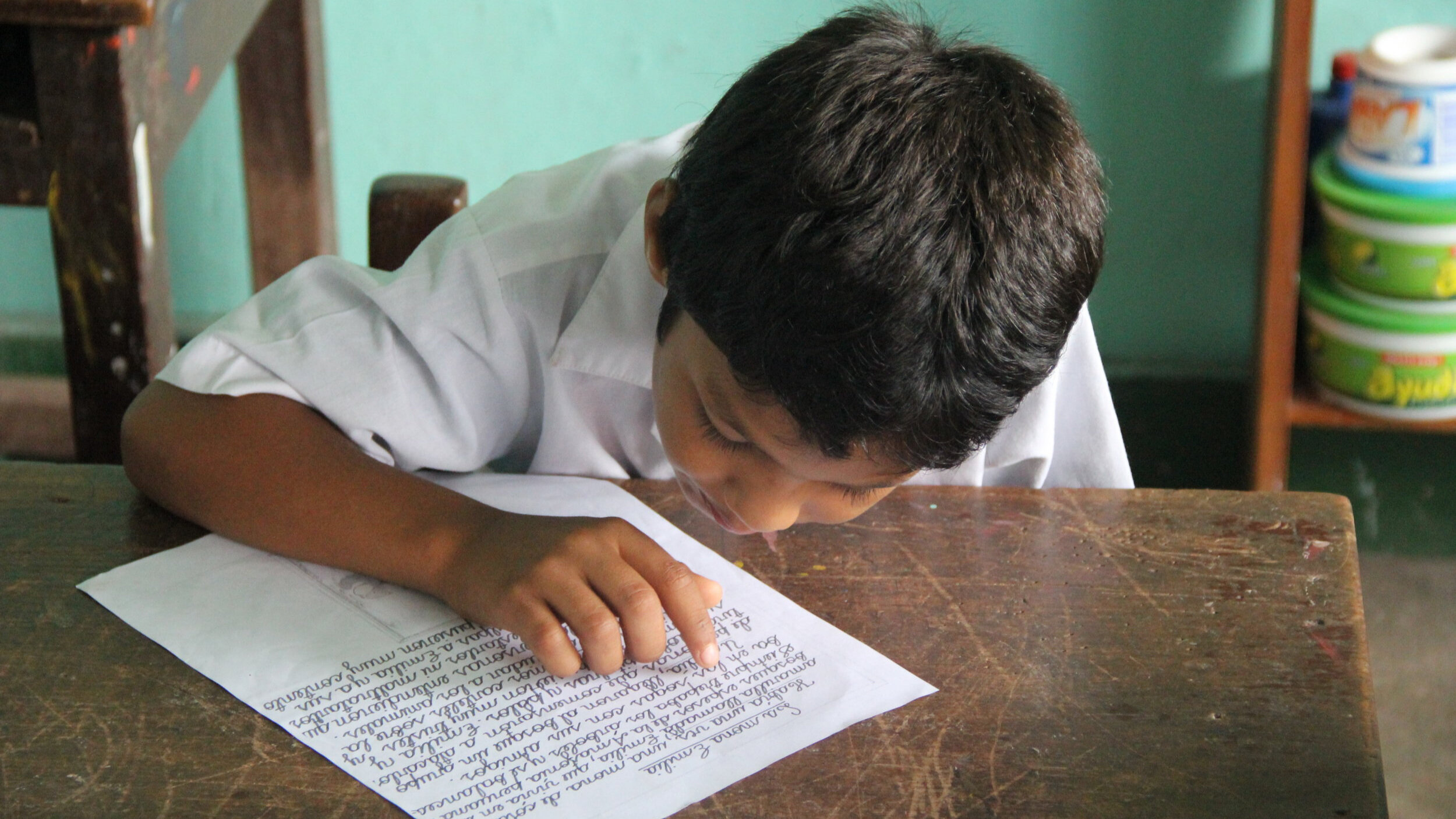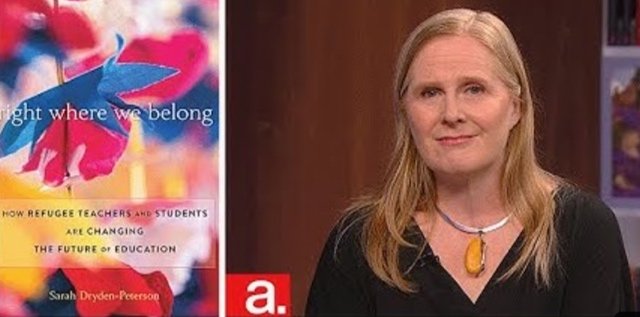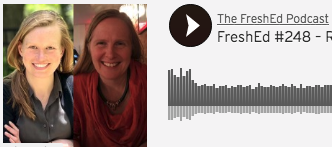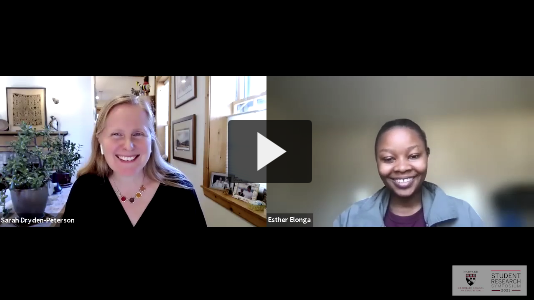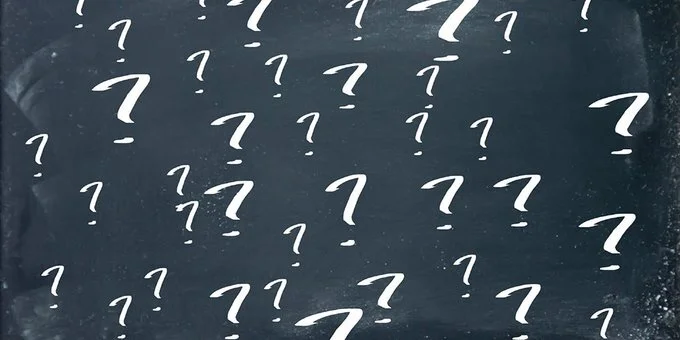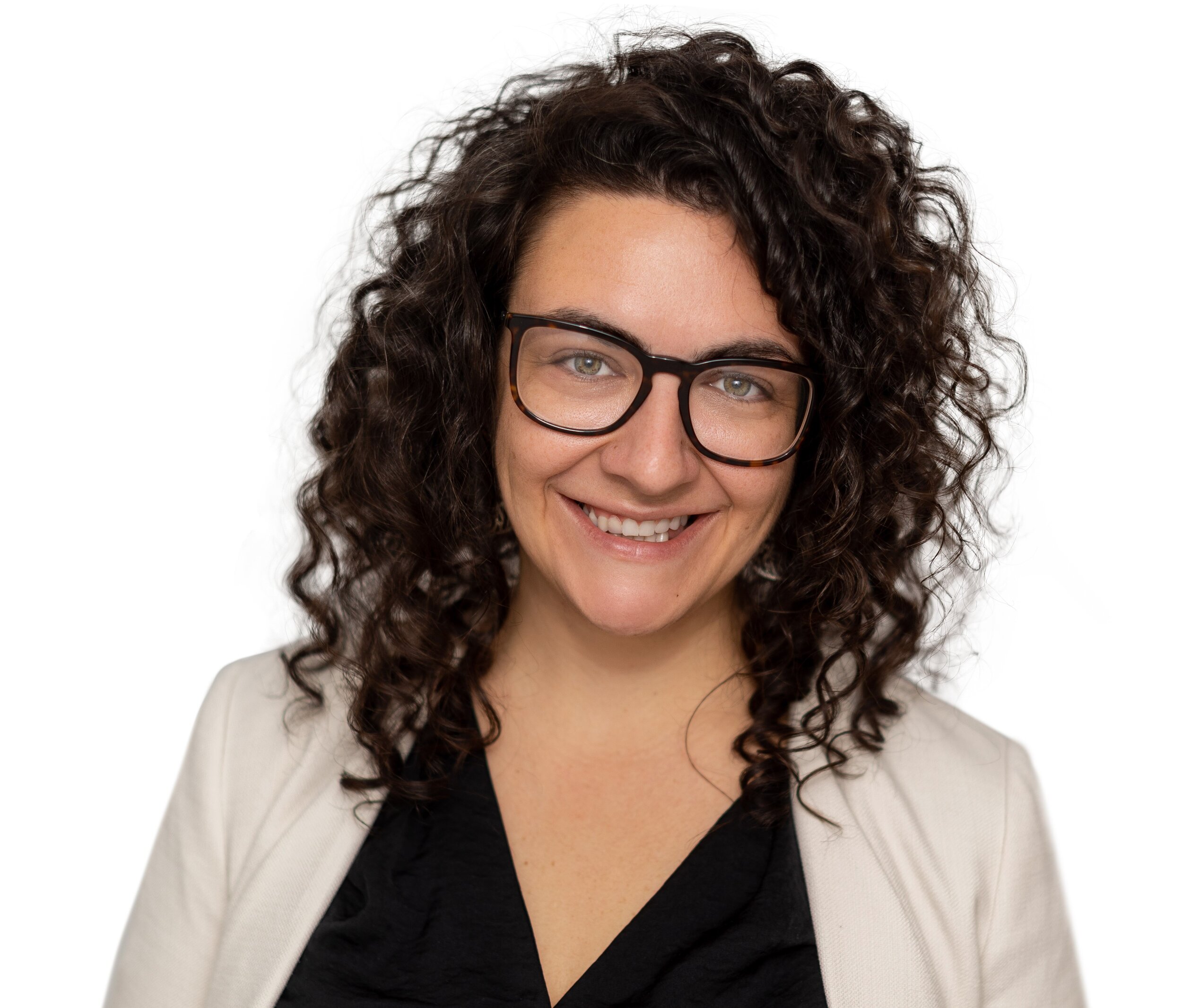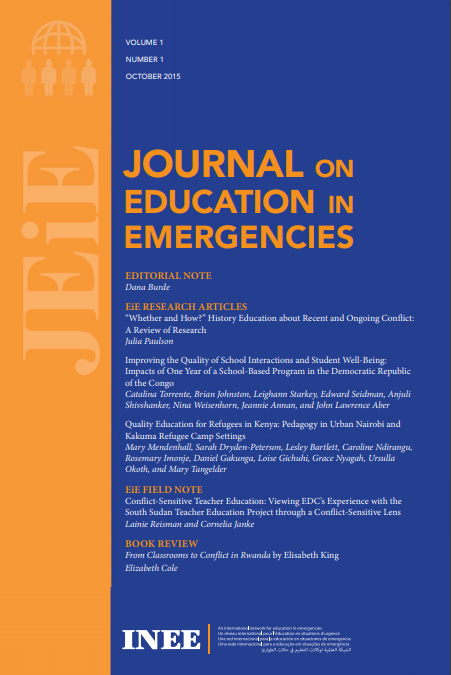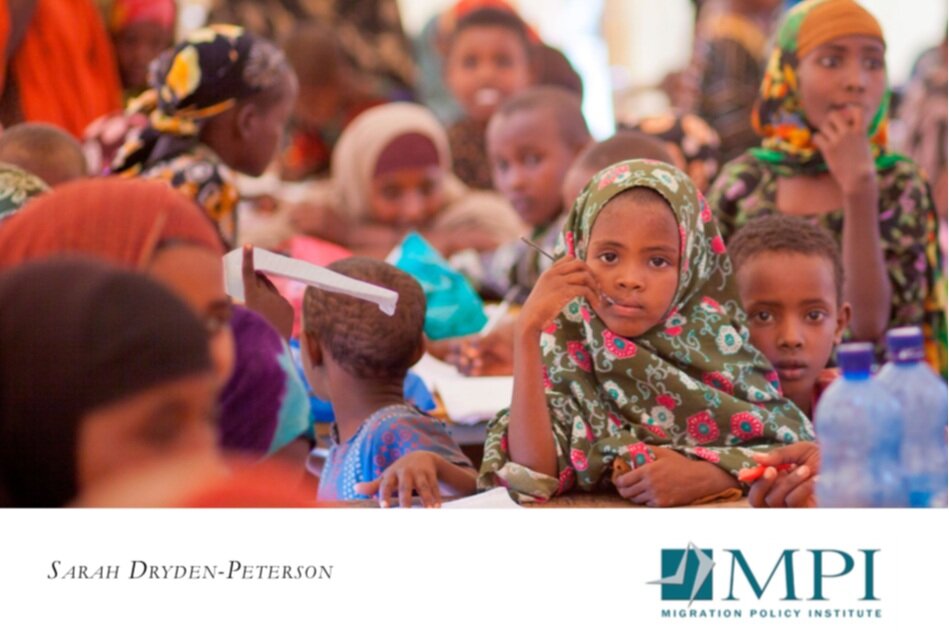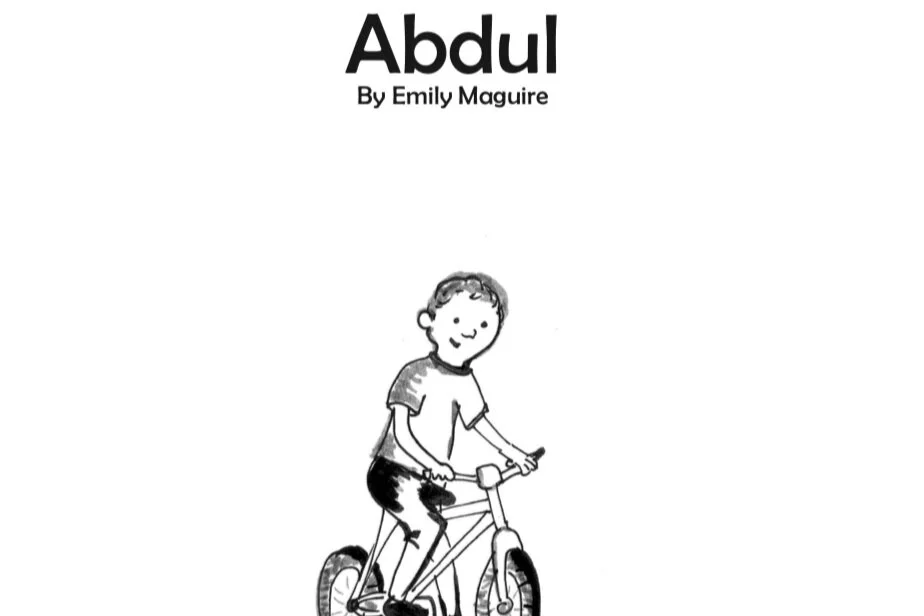Quality Education
What are levers for inclusive and quality education for refugees?
Over one half of children globally who are out of school live in conflict settings. Yet quality education is an essential component for securing a future for refugee children. REACH identifies ways to strengthen and build refugees’ “unknowable futures.” This work is relevant not only for refugees but for other young people globally who face similar, even if less extreme, uncertainties in the face of rapid globalization and technological change.
Research article
Are Refugee Children Learning? Early Grade Literacy in a Refugee Camp in Kenya by Benjamin Piper, Sarah Dryden-Peterson, Vidur Chopra, Celia Reddick, and Arbogast Oyanga (2020) in The Journal on Education in Emergencies.
In the first literacy census in a refugee camp, the authors assessed all the schools providing lower primary education to refugee children in Kakuma refugee camp in Kenya. The outcomes for these students were concerningly low, even lower than for those of disadvantaged children in the host community, Turkana County. Literacy outcomes differed among the refugee children, depending on their country of origin, the language of instruction used at the school in Kenya, the languages spoken at home, and the children’s self-professed expectation of a return to their country of origin.
policy engagement
Refugee Education: Backward Design to Enable Futures by Sarah Dryden-Peterson (2019) in Education and Conflict Review.
This short paper explores the use of backward design as a way to conceptualize refugee education policy and practice. Drawing on examples of classroom and research experiences, it proposes a planning template aimed at enabling refugee education policy and practice to facilitate the futures that refugee young people imagine and aim to create.
Curriculum
Tío Emilio’s Story written by Hania Mariën (2019). A curriculum for students ages 10-14.
Tío Emilio’s Story is a narrative of one individual’s pursuit of education during a time of conflict in Nicaragua. It offers students an insight into life in Nicaragua from 1967-1990, as experienced by one child on Isla Ometepe and touches upon issues of poverty, armed violence, and leaving home, as well as that of resilience and persistence. At its core, however, it is about learning to be a child. Educators and students are encouraged to learn with and from Tío Emilio and critically engage with Nicaraguan history, the United States’ involvement in the country, and to think about how conflict and military regimes can impact education.

